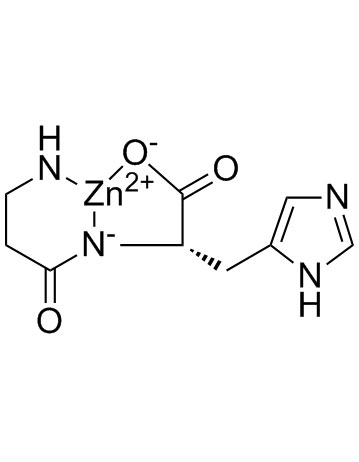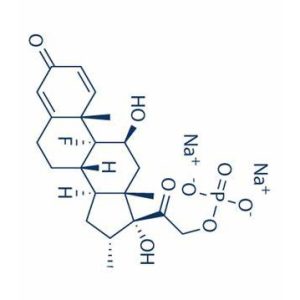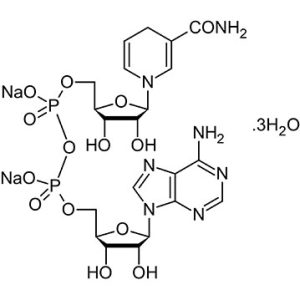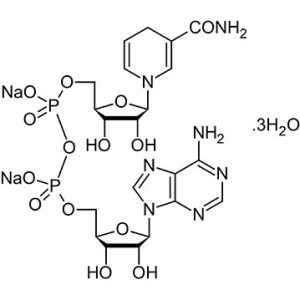Zinc carnosine
Zinc L-carnosine is a chelate composed of zinc and L-carnosine, with potential gastroprotective, anti-oxidant, anti-ulcer and anti-inflammatory activities.
Description
Zinc carnosine (beta-alanyl-L-histidinato zinc), also called polaprezinc in the scientific literature, is a chelate compound of zinc and L-carnosine, in a quadridentate 1:1 complex . Chemically, it is not an anti-secretory, antacid or raft-forming agent, thus does not control acid exposure of the mucosa or luminal electrolyte chemistry; its therapeutic properties are linked to the biological effects of its constituents and to its higher affinity to damaged tissue. It has been used, primarily in Japan, as an anti-ulcer drug for over 2 decades [8]. Recent research has proposed novel therapeutic targets, ranging from Helicobacter pylori eradication to oral and gastrointestinal mucosal protection against chemical and inflammatory insult. This review aims to summarize the available evidence on the current and potential gastrointestinal applications of it. We focus primarily on human studies, illustrating the main therapeutic areas, benefits and limitations of this molecule, and discuss possible future uses of interest to gastroenterologists and endoscopists.
Zinc carnosine Benefits & Features
Provides antioxidant support for the G.I. tract
Patented, 1:1 chelate of zinc and l-carnosine provides synergistic G.I. mucosal protection
Supports the stomach’s mucosal defenses, buffers gastric acid and maintains healthy cytokine release
>> Patented 1:1 chelate of zinc and l-carnosine
Made with high-quality vegan ingredients backed by verifiable science
And carnosine combined</h2>
While zinc and L-carnosine stand out independently, an ionic combination of the two possesses some unique properties beyond their individual activities.Is a chelate, a molecule of carnosine with two hydrogens removed and replaced by a zinc ion. The combination appears to have potent effects on healing gut mucosa.
In mucosal disease mechanism of action
Both zinc and carnosine have beneficial effects on mucosal tissues but low local adhesion. being insoluble in saline but dissolvable in acid, and polymeric in nature, shows a slow dissociation rate in the stomach, which prolongs the local therapeutic effects of its constituents, without affecting gastric emptying . Furthermore, it shows a higher affinity for the ulcerous site in animal models, both in terms of local adhesiveness and zinc tissue content over time . It is assumed that a ligand exchange reaction takes place, preferentially at the lesion site, binding zinc to other exposed carrier proteins and freeing L-carnosine locally . Is metabolized rapidly to L-histidine and b-alanine, not reaching the bloodstream; zinc plasma concentrations increase rapidly after administration, only slightly affecting zincemia at therapeutic dosages
Zinc carnosine applications in gastrointestinal disease
Overall, Is a compound that acts locally and directly on the damaged mucosa, through multiple anti-inflammatory and cytoprotective pathways, showing negligible systemic effects at usual therapeutic dosages (see also the Safety section). These characteristics, together with a slow dissociation rate, relative site selectivity and acid-independent mechanism of action, render this compound promising both as a useful add-on to standard regimens (e.g. in conjunction with proton pump inhibitors), and as a stand-alone treatment.





Reviews
There are no reviews yet.